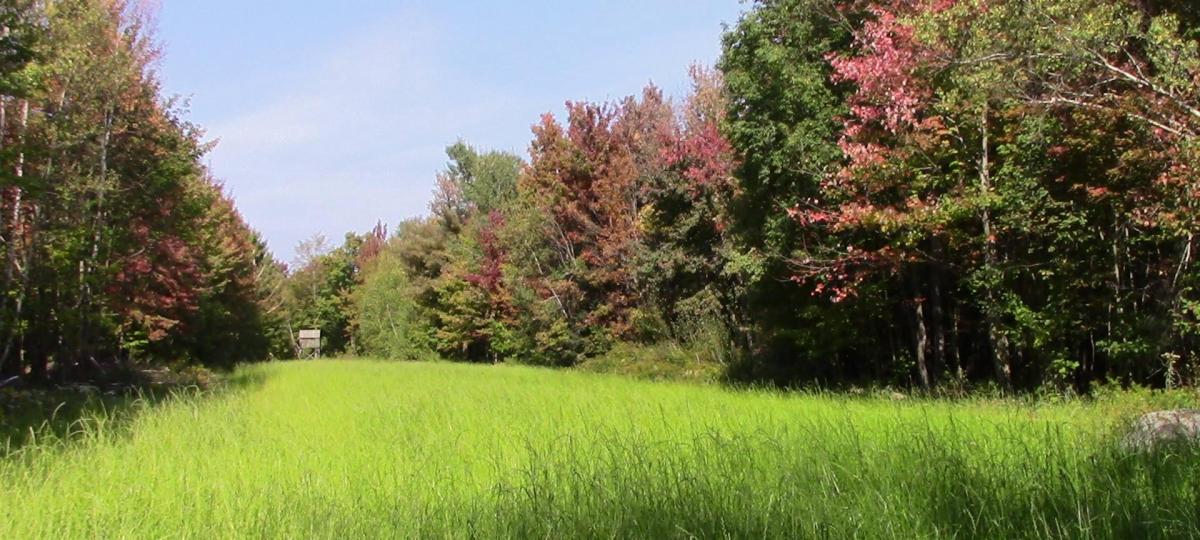
We’re sure you’ve heard and read about other seed companies touting their seeds as “pre-inoculated” or “coated.” Inoculants, strains of naturally-occurring soil bacterial that improve nitrogen availability to a plant as it grows, can be beneficial; however, more and more of these “coatings” advertised by seed companies are really just corn starch or talc with a touch of inoculant mixed in.
Here are a few things to consider to make sure you are getting the seeds and performance you need without the fillers you don’t.
- Always read the seed tag before purchasing.
All seed bags have tags or information areas on the bag describing the content of the bag. The laws require that the tag specify the amount of “inert” or non-seed contents in the bag (some companies have gotten around this by calling it “coating material). It should be no more than 2%. If the bag of seed states it has 50% inert, it’s telling you that half of that heavy bag isn’t seed, meaning you’ll have to buy twice as many bags to get the seed density you need. - Only legumes benefit from inoculants.
Clover and alfalfa, two of the most common legumes, benefit from inoculants. Brassicas, grains, and grasses do not benefit at all from inoculants. - Add insulants separately.
If you want great legume seed performance and a chance to get the boost from inoculants, add the inoculant yourself. Make sure to purchase the inoculant specific for what you are planting and add it directly after planting, in warm, neutral soil. - Seed performance guarantee.
While you’re reading the bag, check for performance guarantees from the company. Do they promise germination? Do they stand behind their product?
We at Ragan and Massey made the decision not to coat our seed from a purely agronomic standpoint. While adding a live bacterial inoculant does benefit legumes in the early stages of growth, the benefit is less pronounced as the plants grow. When planted at the same rate per acre, we have never seen a stand of coated clover seed perform as well as PlotSpike Clover Blend or any of our other PlotSpike blends.
In the end (and from the beginning), we would rather give farmers a true-to-weight bag of the best food plot seed that is guaranteed to perform than fill a bag up with coatings with short-term benefits.
This, of course, is our opinion. What are your thoughts on inoculants and coatings in general?
